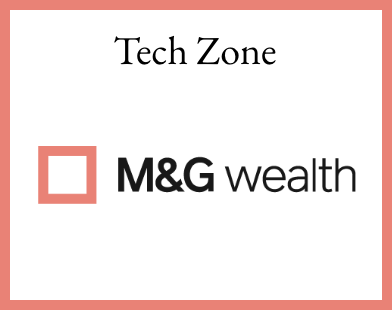The Bank of England held the base rate at 5.25%, after 14 consecutive hikes, contrary to many expectations in the market.
“While it may return to raising rates later in the year or into next year, the Bank of England has been bold and is signalling that its job is nearly done for now, says Marcus Brookes, Chief Investment Officer at Quilter Investors.” Inflation surprised to the downside yesterday and with economic data rolling over, the BoE clearly feels it now has enough cover to hit the pause button and assess things as we go.
“Market expectations of rates at or above 6% always appeared a little toppy, and clearly the data is trending in the right direction for the BoE to take this decision. With an election around the corner next year, it will be playing on the minds of the decision makers not to overcorrect and instead begin to assess what impact the action to date has had.
Brookes added that Andrew Bailey and the rest of the Monetary Policy Committee will be looking closely at the US, where the Federal Reserve hit the pause button on interest rates.
“Sentiment across the pond remains hawkish though, with one more rate rise expected this year. Clearly that economy is in a much stronger position so can probably take another rate rise, but they are looking to reach the end of the hiking cycle and the Bank of England will not want to diverge too greatly from a key economic power. As such, we wouldn’t be surprised to see the BoE begin to mirror the Fed once again.
However, an end to the interest rate hiking cycle, “doesn’t mean the pain will simply go away for businesses and consumers,” Brooke added. “The BoE has made it clear that rates will be higher for longer, so investors need to prepare accordingly. Quality companies, with stable and sustainable cashflows will ultimately benefit most from a period of rates being above 5%, and as such now is a time to hold the nerve and not try to time any cut in rates, as these are a long way off for now.”
Abhi Chatterjee, chief investment strategist at Dynamic Planner said the Bank still had a quandary, “battling inflation on one hand, while trying to induce growth in the economy on the other”.
He said: “The Bank of England has maintained its interest rate at 5.25%. After 14 consecutive hikes to raise the benchmark interest rate to 2007 levels, the pause is in line with the rhetoric emanating from the Bank of England Chairman, Andrew Bailey, when he mentioned that interest rates “were much nearer their peak”. GDP growth in negative territory and softening of headline inflation aided the decision, even though there was a tight split among the members. In addition to holding the interest rate, the Bank also agreed to increase quantitative tightening process from £80bln to £100bln.
“The ONS has been reporting 4 in 10 adults finding it difficult affording their rent or mortgage payments (3 times higher delinquencies in mortgage payments in July 2023 than June 2020), coupled with a 5.3% increase in rents, which has been a direct result of higher interest rates. In addition, consumer behaviour has significantly changed in the face of mounting prices with 45% of individuals spending less on necessities, while 67% of adults spending less on non-essentials, with 50% shopping around, it is clear that the cost-of-living crisis continues apace.
“This requires the Bank’s Monetary Policy Committee to tread a path of fine balance, with acute scrutiny of every step the Bank takes, as it looks to avoid the probability of policy error and the adverse impact thereof.”
Giles Coghlan, chief market analyst consulting for HYCM, pointed out that the risk of a”lag effect”on interest rate hikes, meaning that the banks decision “may not be felt for another 9 to 12 months.”






























